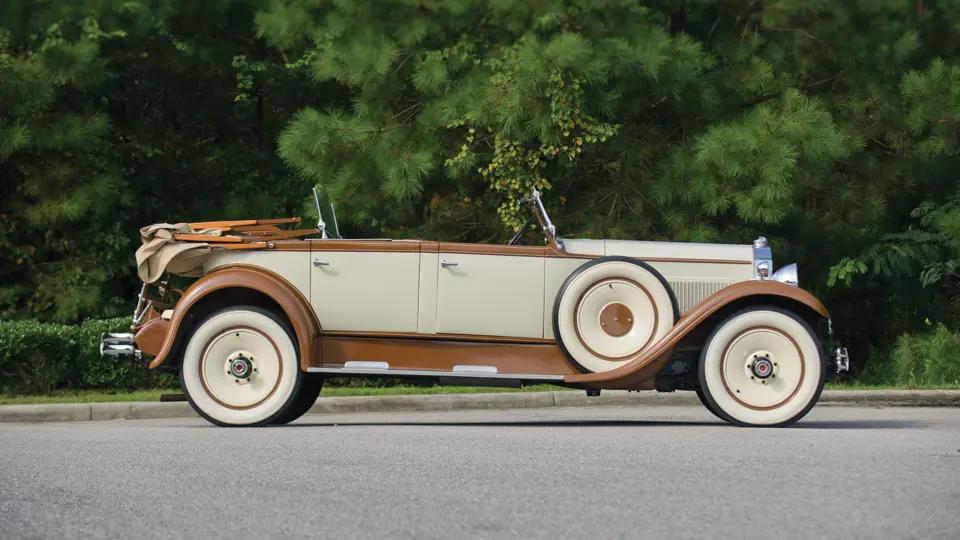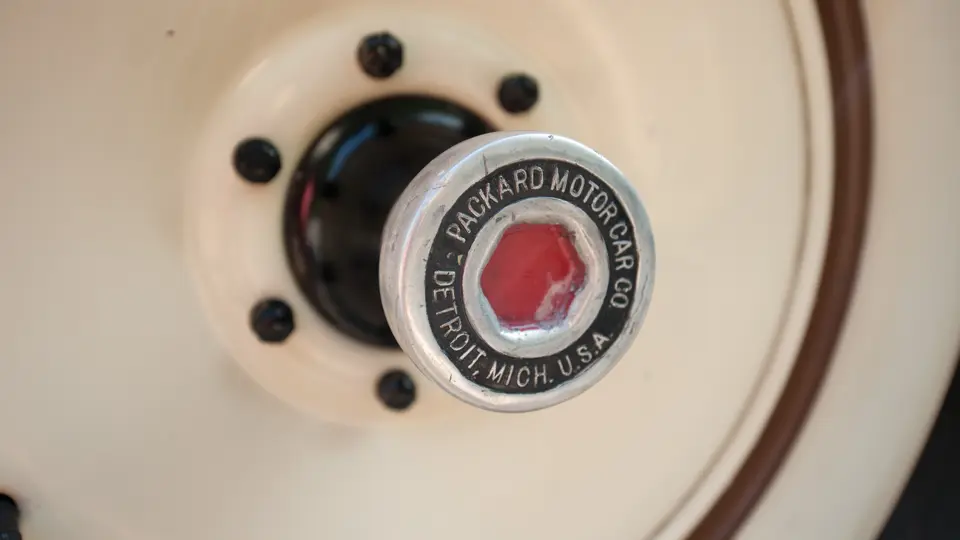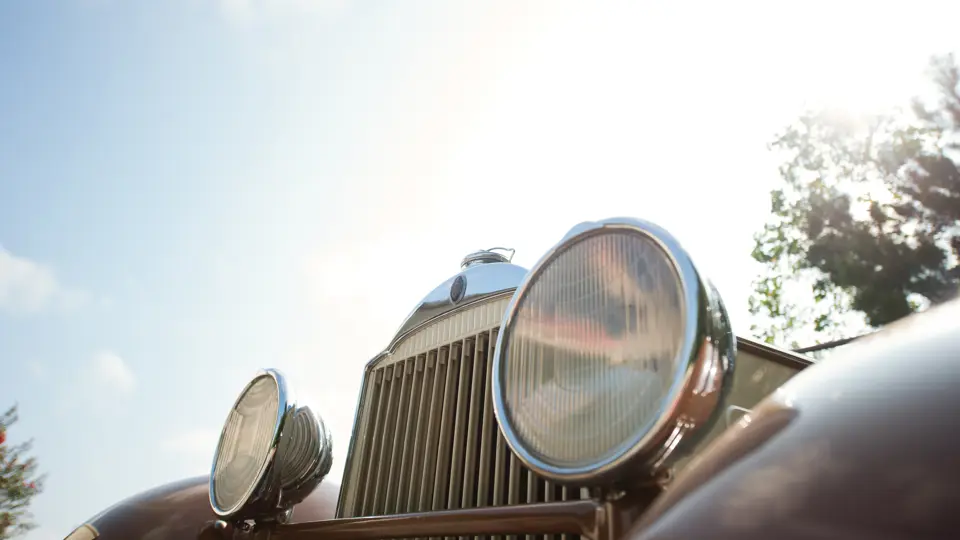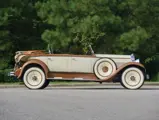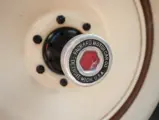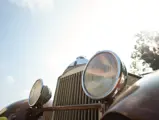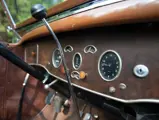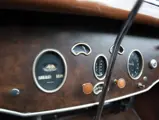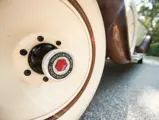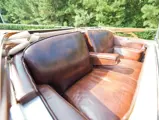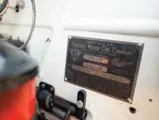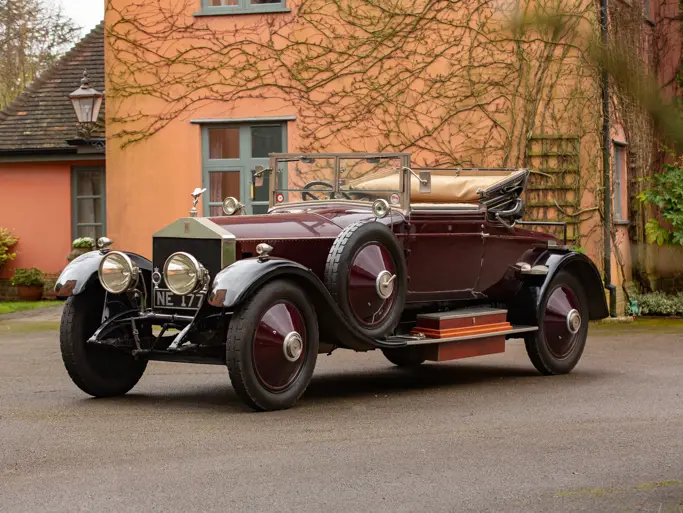Series 733. 90 bhp, 319.2 cu. in. L-head inline eight-cylinder engine, four-speed manual transmission, solid front and live rear axles with semi-elliptic leaf-spring suspension, and four-wheel mechanical drum brakes. Wheelbase: 134.5 in.
Packard introduced its seventh series cars on September 12, 1929. Black Tuesday, October 29th, the day the stock market crashed, was more than a month away, and its prospects were bright. At month’s end, President Alvan Macaulay pronounced it “the greatest month in [the company’s] history.” Little did he know what would follow.
Still, it took some time for hard times to settle in. Auto sales had been riding high in 1929; in fact, the year would set a new record for the industry, with some 4.4 million passenger cars being sold. The seventh series Packards had a new look. Designer Raymond Dietrich had taken the theme of the 1929 Deluxe Eight and applied it to the whole 1930 line. There were new headlamps, and the side lamps were moved from the cowl to the wings. Lower and sleeker than their predecessors, the new cars set the stage for a new design idiom for the 1930s.
Packard sales decreased only modestly in the first quarter of the 1930 model year, but by spring, the work week had been shortened and redundancies began. When the model year ended the following August, sales were off by a third. The Standard Eight cars, however, fared much better than the Senior Deluxe and Custom Eight, in part due to their lower prices.
The dual-cowl Sport Phaeton offered here is recorded by its original cowl tag as having been delivered by the Norman Packard Company on July 2, 1930. It is finished in a subtle combination of creamy tan with mocha brown fenders and brown leather upholstery, and it is very nicely equipped with the “feathered bail” radiator cap, dual mirrors, dual side-mounts, sporting disc wheels, and dual lights, as well as the famous second cowl, which protects rear seat passengers’ hair from windy conditions. Reportedly, it was the recipient of a very extensive engine rebuild, which included an updated electric fuel pump, and it has covered some 500 miles in its present ownership. It is reported to be an excellent runner and driver, and it that is ideal for touring.
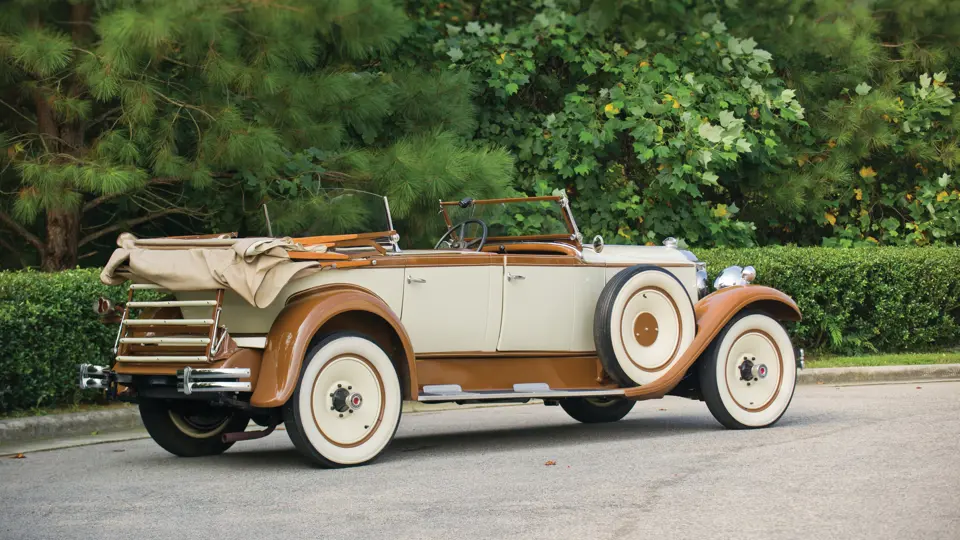
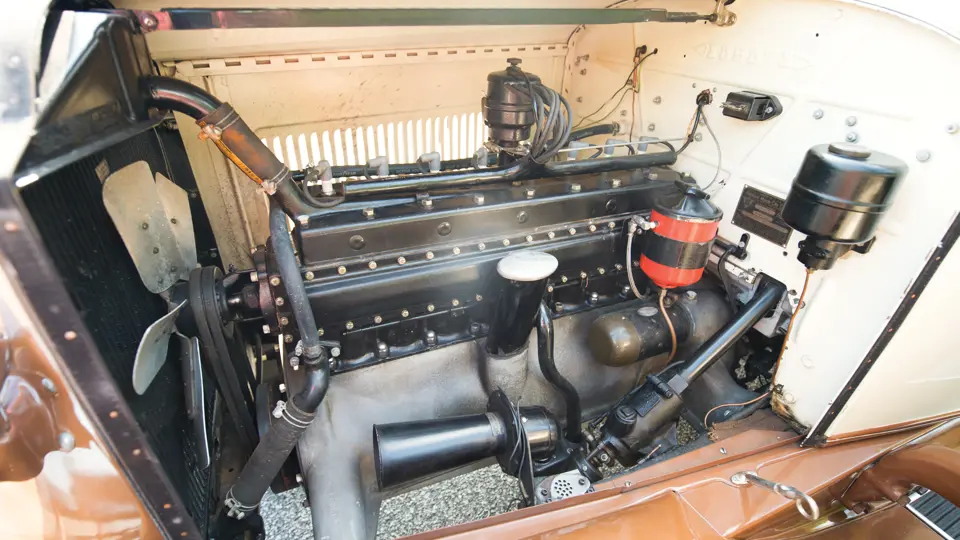


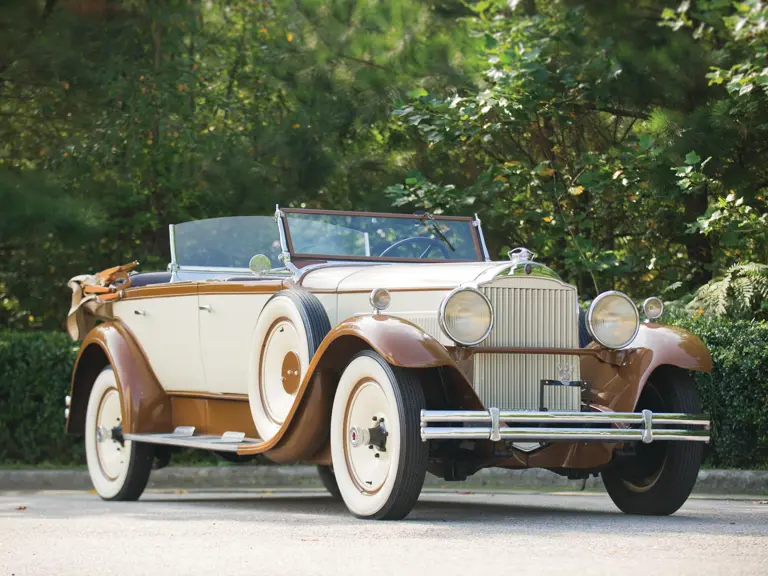
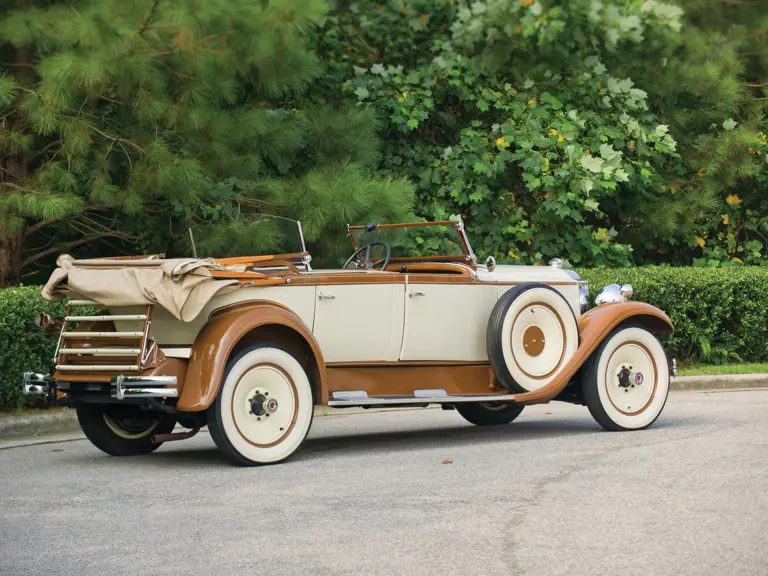

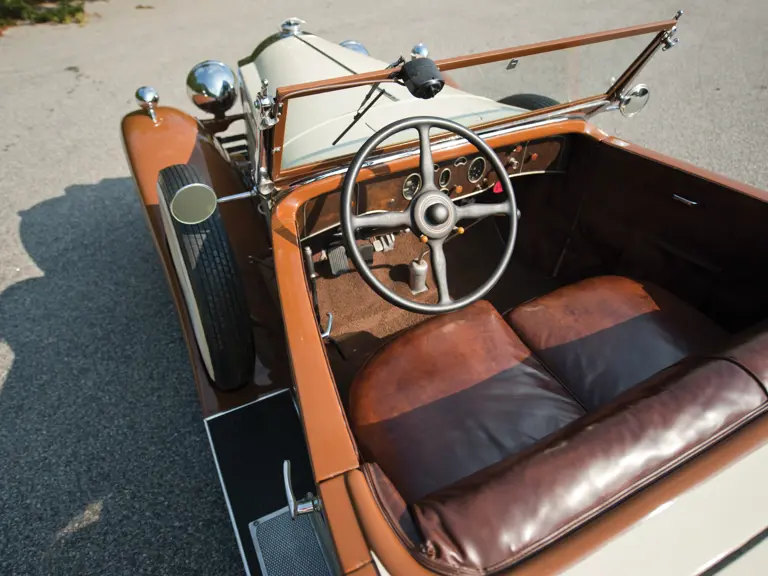
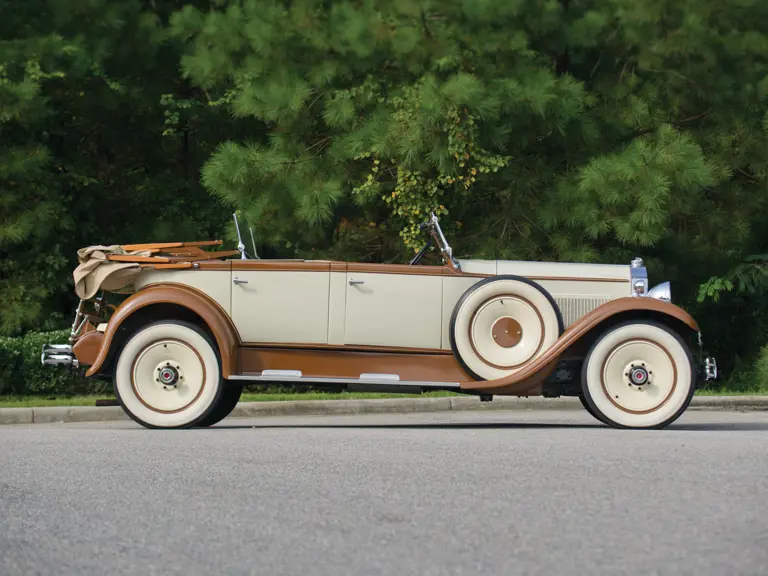
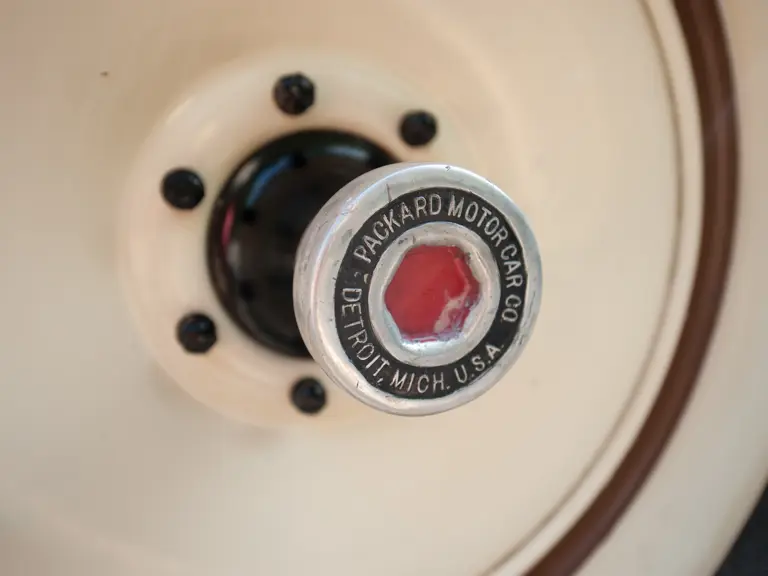

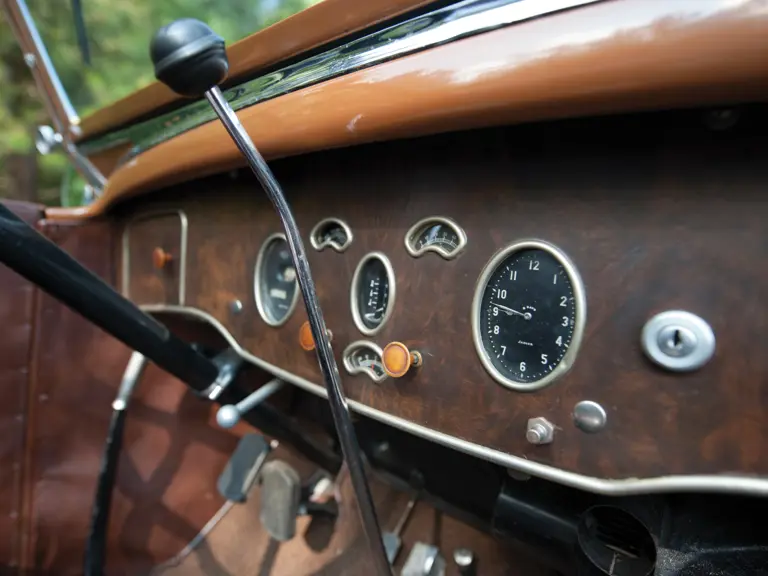

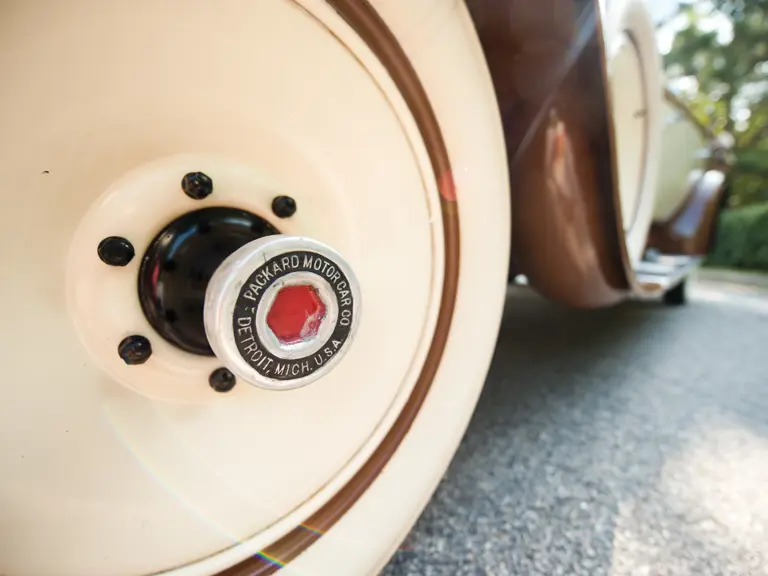

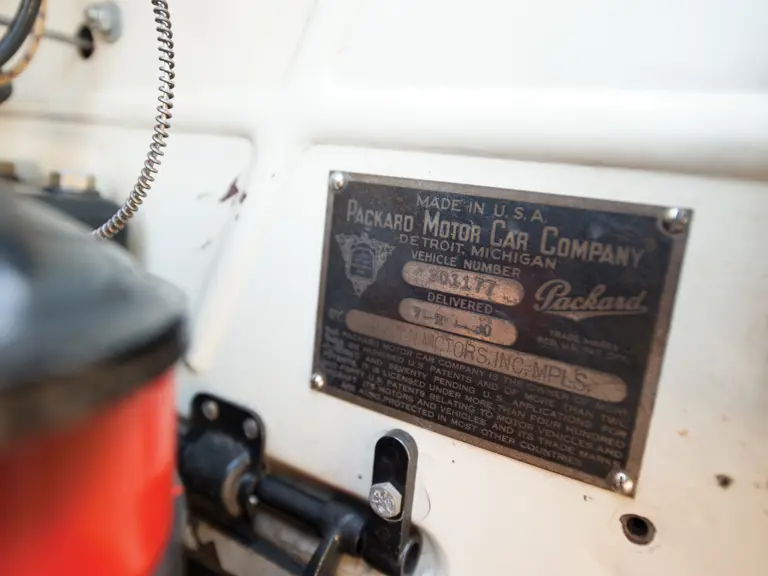

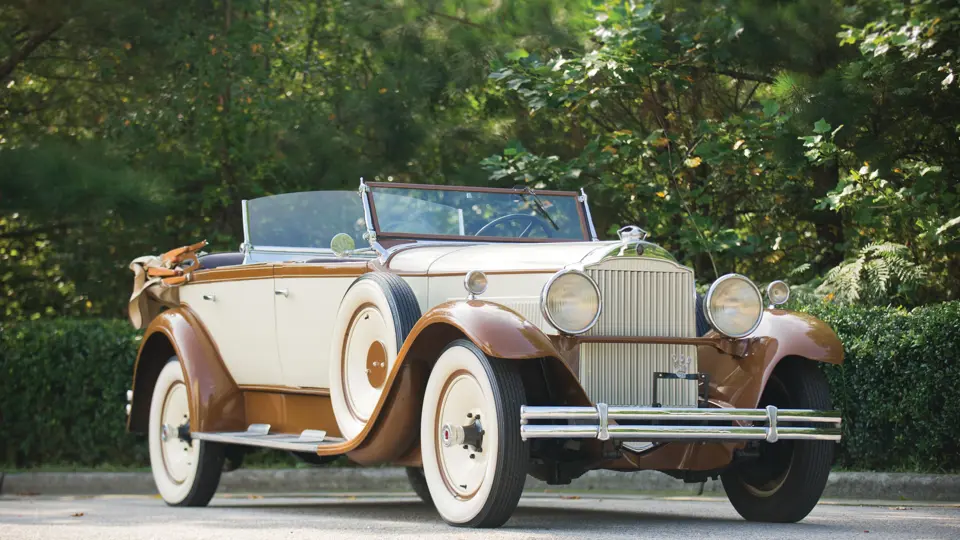
 | Hershey, Pennsylvania
| Hershey, Pennsylvania
